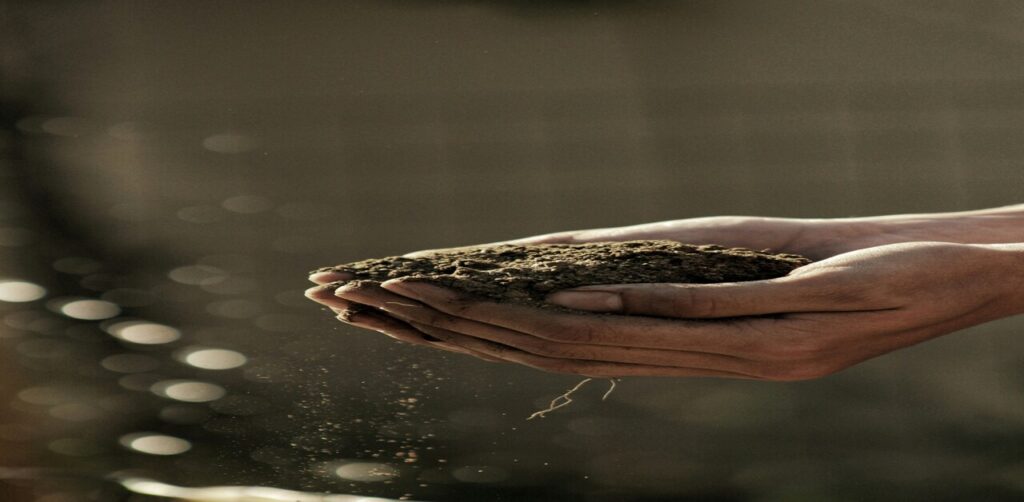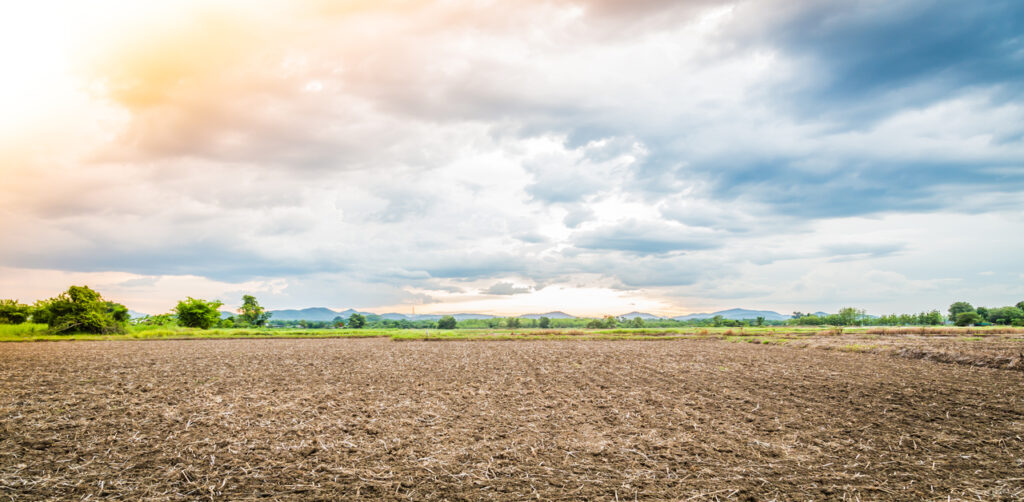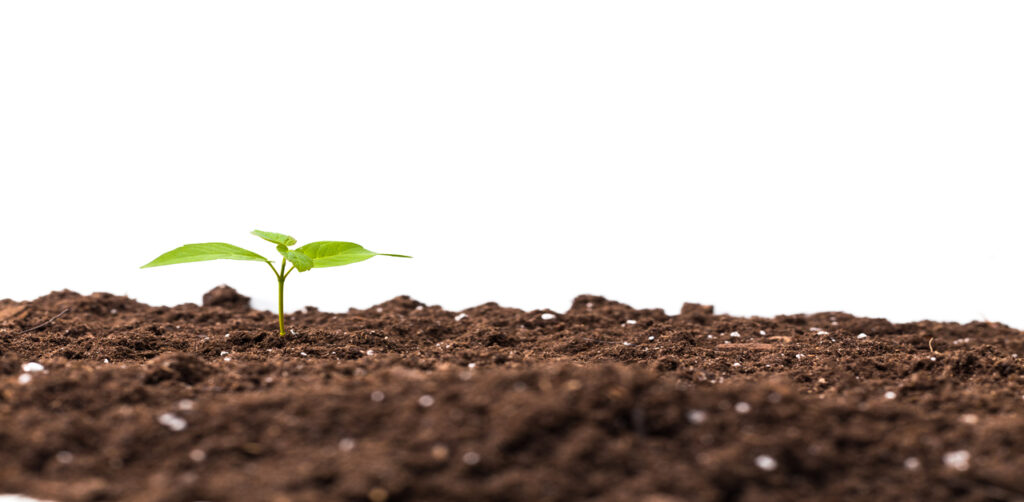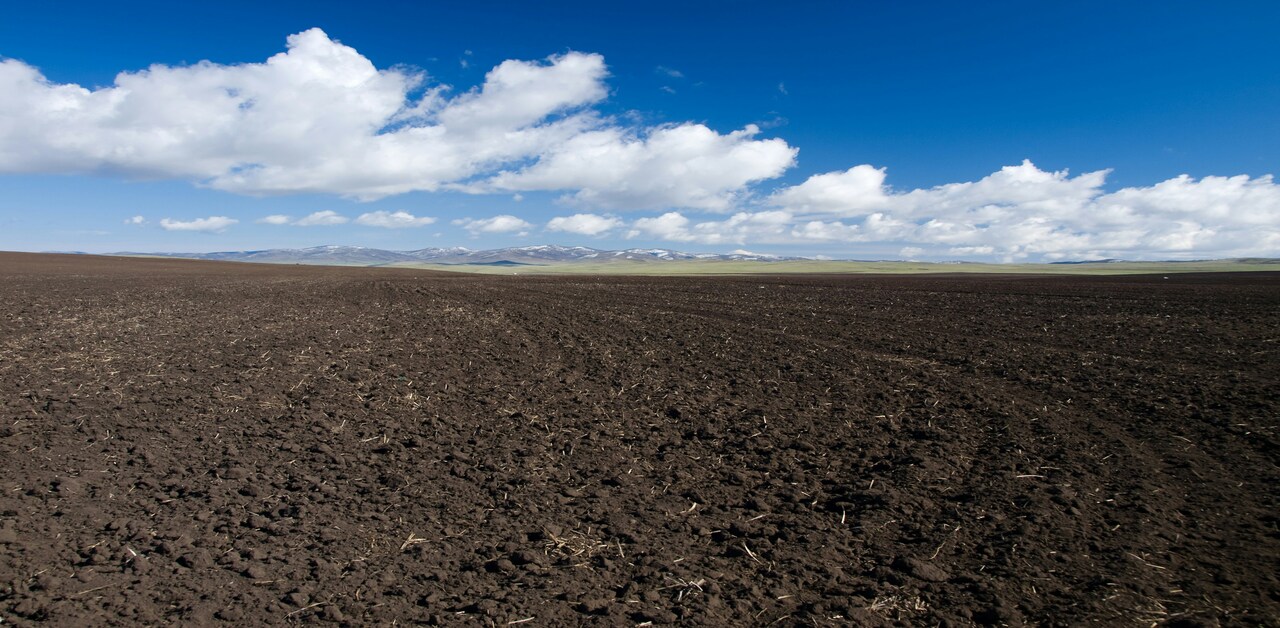Soil is perhaps one of the major natural resources that exists on the planet. It is the top part of the Earth’s crust, which is made of minerals, organic materials, water, air, and living things.
It fosters plant life, provides water balance, maintains biodiversity, and serves as a base to human civilization.
Life, as we know it, would not happen without it. It takes a central place in agriculture, construction, and the ecosystem.
Table of Contents
Weathering of rocks and minerals takes place over thousands of years and turns them into it. Rocks are broken down into smaller particles by physical, chemical, and biological processes.
Climate, organisms, topography, parent rock material, and time are other factors that form different types of soils.
All types are different and possess characteristics that determine how they will be used in agricultural practices, landscaping and gardening, and other projects.
Composition
It is a combination of sand, silt, clay particles (mineral), composted matter (dead plants and animals), Air, Water, Bacteria, fungi, worms, and insects that are living organisms.
The combination enables it to facilitate the growth of the plants since it contains the nutrients needed, and roots can hold the plants.
Significance of Soil
1. Agriculture: Agriculture majorly involves the growth of crops and vegetation.
2. Water Filtration: It acts as a filtering system for the rainwater and cleans it up before it gets into underground aquifers.
3. Carbon Storage: It will hold carbon & assist in the lowering of the atmospheric concentration of CO2.
4. Habitat: It can be the home to millions of organisms such as insects, worms, bacteria, and fungi.
5. Construction: Buildings, roads, and other infrastructures are supported by it.

Types of Soil
1. Alluvial Soil
It is the most fertile and widely distributed one that occurs in the river plains and deltas.
It is created as a result of a deposition of the sediments (silt, clay, sand, and gravel) which are washed by the rivers flowing down the mountains and laid on the plains.
Indian agriculture is based on it. It takes close to 40 percent of the total land mass of India.
Alluvial areas accounted for most of the success of the Green Revolution because of their suitability for rice and wheat.
Such deposits are called alluvium, and this process has been taking place for thousands of years because of the seasonal floods and due to the meandering of rivers.
The primary contributors to it are the Himalayan rivers such as the Ganga, Yamuna, Brahmaputra, and their tributaries.
Its distribution in India is mostly in the northern region, like Haryana, Delhi, and a narrow corridor in Rajasthan, which extends into the coastal region, like Gujarat, etc.
If you want to decorate your house beautifully, you can click here.
2. Black Soil
Black, Regur, or Black Cotton Soil is one of the most significant types in India. It is especially most suitable for the cultivation of cotton, hence it is commonly referred to as the black cotton soil.
This is it that is characterized by moisture retention and fertility.
The weathering of the volcanic rocks, mainly the basalt, forms black soil. This dark color is formed over the years as the lava rocks wear out. It occurs primarily in the regions subjected to volcanic activity in ancient times.
It has a high mineral content of mainly iron, lime, and aluminum, but it is deficient in nitrogen, phosphorus, and organic matter. It is also called Self-Plowing due to cracking and swelling.
The Distribution of this type in India: Areas of the Deccan Plateau in Maharashtra, Madhya Pradesh, Gujarat, Andhra Pradesh, Tamil Nadu, and western Karnataka, Central India in the Malwa Plateau and Bundelkhand.
3. Red and Yellow Soil
This is another important type that is situated in many locations in India, along with other tropical areas.
These usually get developed in high temperature and rainfall conditions, and this leads to severe leaching and oxidation of iron content, rendering its distinctive color.
These are made as a result of weathering of ancient crystalline igneous rocks, especially the granites, gneisses, and schists.
These rocks are subjected to the effects of rain, sun, and wind, which break them down.
This is with a high concentration of iron is oxidized, and this is what gives it the red and yellow appearance.
1. Red Soil: It is red in color because it contains ferric oxide (iron oxide).
2. Yellow Soil: Red Soil becomes yellow when it is hydrated or in a more wet environment, the yellowing occurs due to limonite.
Such types are not concentrated in: Southern and Eastern India, Regions of Central India, Eastern Karnataka, Chhattisgarh, Odisha, Tamil Nadu, Andhra Pradesh, and Eastern Madhya Pradesh.
4. Laterite Soil
This is another form of it that is composed of a high concentration of iron as well as aluminum and is usually obtained under hot and wet tropical regions.
This type is called laterite because the Latin word later means brick, since this dries up like a brick when it is open to the air.
This is one of the most crucial types in India and some other parts of the world that exist in the tropical regions.
The extreme leaching and weathering of the rocks under the conditions of high temperature and heavy rains create this type.
Lime, together with silica, is washed out in these climates, and iron and aluminum oxides are left behind.
This renders it acidic as well as lacking in fertility, although iron and aluminum compounds are abundant in it.
This type is mostly found in Western Ghats (Kerala, Karnataka, Goa), Eastern Ghats (Odisha, Andhra Pradesh), Chhota Nagpur (Jharkhand, West Bengal), Areas of Tamil Nadu, Assam, and Maharashtra.

5. Arid Soil
This type is found in the arid and semi-arid areas where the rainfall is very scarce. Such types are usually dry, sandy, and low in organic matter.
It is mostly found in Punjab, Haryana, Gujarat, Rajasthan, especially in the Thar desert.
6. Saline Soil
There are soluble salts present in a high concentration, which negatively on the growth of plants.
It is a key issue in semi-arid and arid areas, especially where irrigation is poorly practiced.
In most cases, saline it are found: Deserts and semi-deserts of Rajasthan, Gujarat, Haryana, Punjab, and Uttar Pradesh. Coastal zones because of the intrusion of seawater (e.g., Tamil Nadu, Andhra Pradesh).
Marginal lands that have poor irrigation strategies and excessive use of chemical fertilizers.
7. Peaty Soil
It is a type that has a significantly large proportion of organic matter, mostly partially decomposed organic or vegetation matter known as peat.
It is dark brown or black in color, is spongy in texture, and has lots of moisture.
The formation of it takes place under waterlogged conditions, including swamps, marshes, or bogs, where plant material is not decomposed completely because of the absence of oxygen.
This eventually accumulates to form levels of peat.
It occurs primarily in India: Kerala ( Kuttanad region ), West Bengal (Sundarbans), Odisha, and Tamil Nadu in the coasts, Bihar, and Assam parts of India.
8. Forest Soil
The kind of it that develops in dense forest covers is called forest soil. It mainly occurs around forested areas, especially in the hilly or mountainous regions with adequate rainfall.
This is very important in the growth of trees and forest ecosystems.
The most common occurrence of it is in the Himalayan regions, the Western and Eastern Ghats, the northeastern states of India, and the Terai region.
It supports forest vegetation, agriculture, wildlife habitat, and watershed protection.
If you want to read an article about the soil in detail, you can click on it.

Conclusion
It is a very valuable natural resource that sustains life in the world. Knowledge of the various kinds of it assists the farmer and the gardener, as well as the environmentalist, in making informed decisions regarding the cultivation of the land and use of agricultural products.
Some of them are naturally fertile, yet some need to be improved and taken care of. We are able to preserve it and ensure its health and productivity in the future through the use of sustainable methods like crop rotation, organic farming, and soil conservation methods.
Soil should be safeguarded and conserved to make the world food secure and the environment healthy.

